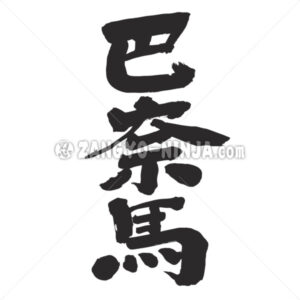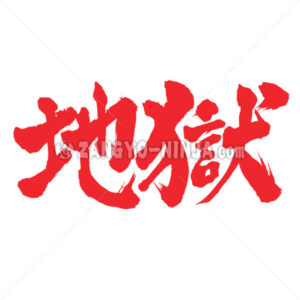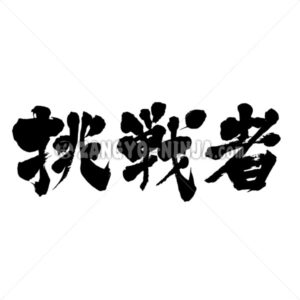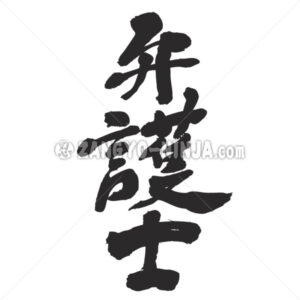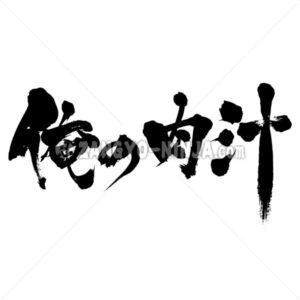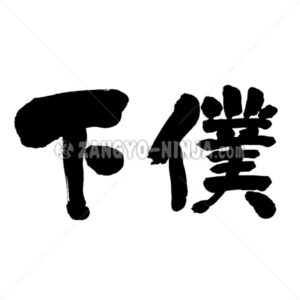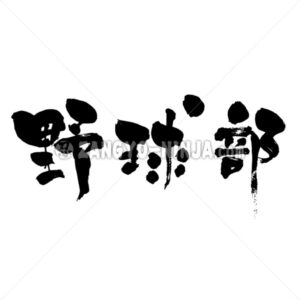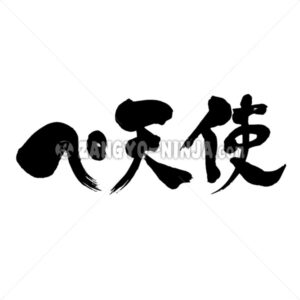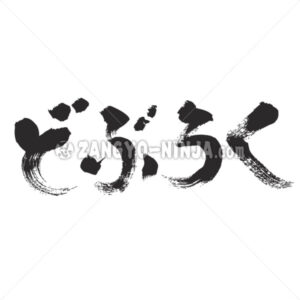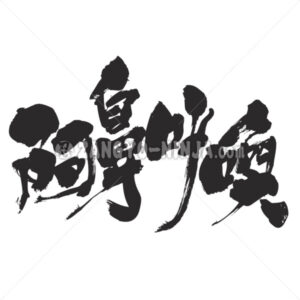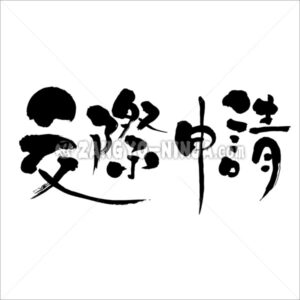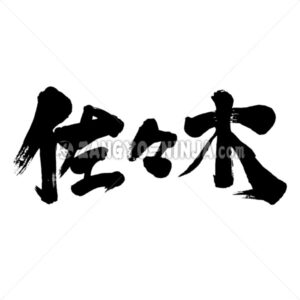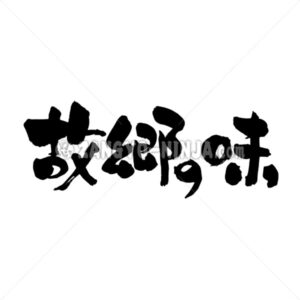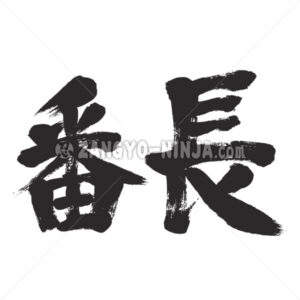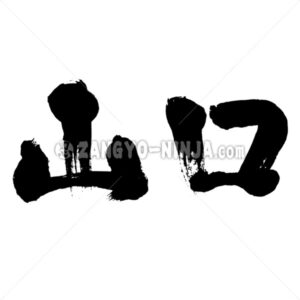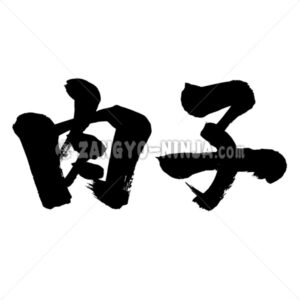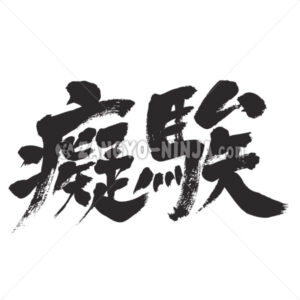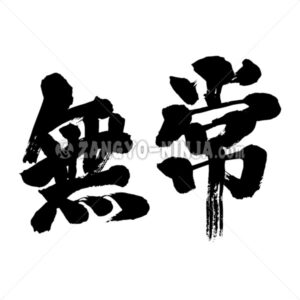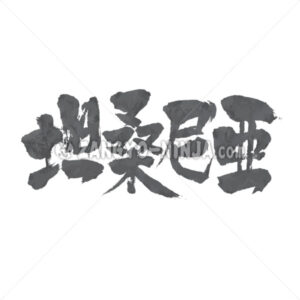
A country consisting of East Africa, Tanganyika on the continental side and Zanzibar on the Indian Ocean (Zanzibar Island, Pemba Island, etc.). It borders Kenya and Uganda to the north, Rwanda, Burundi and the Democratic Republic of the Congo (formerly Zaire) to the west, Zambia, Malawi and Mozambique to the south, and the Indian … Read More
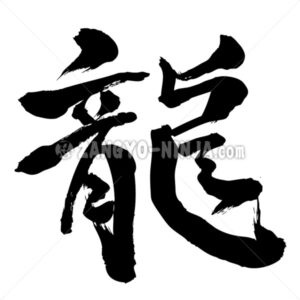
1. any of several small tropical Asian lizards capable of gliding by spreading winglike membranes on each side of the body. 2. a creature of Teutonic mythology. This calls Ryu in Japanese.
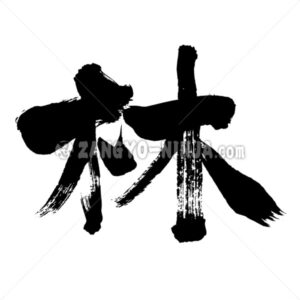
Japanese said “Hayashi” in a character Kanji. The etymology is “Hayasu”, and the conjunctive form of the verb “Hayasu” is a noun. “Hayasu” is to grow. The intention to prosper and grow. In other words, “Hayashi” is a place where trees are grown. It is also said to be a surname that originated from … Read More
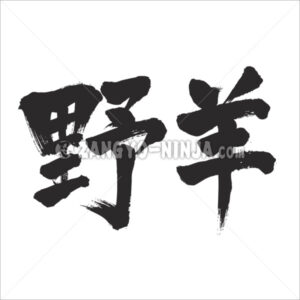
Bovid mammals. Livestock are domesticated goats that live in rocky mountains in West Asia. Similar to sheep, but with long necks and many males and females with horns, males have long-haired tufts on their chin. Generally, the properties are in warm order and form a flock. You can eat foliage and keep it even … Read More
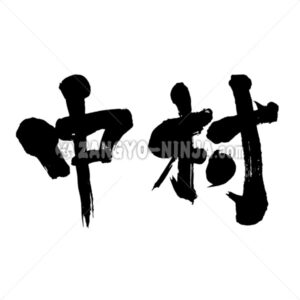
Rice cultivation was introduced to Japan during the Yayoi period. After that, if rice cultivation developed and the number of rice fields increased, the number of villages increased in various places, and the central village was Nakamura. Then, depending on the direction of the newly created village, place names such as Higashimura, Nishimura, Ichimura, … Read More
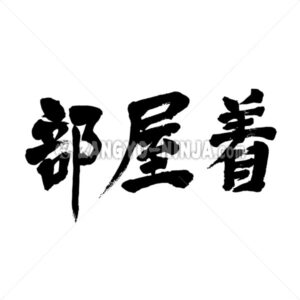
1.Loose clothes to wear when relaxing indoors. 2.The clothes that the prostitute wears when she is in the room. Japanese says “He ya gi”.
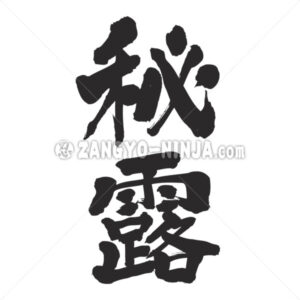
Peru is roughly divided into three areas. Coastal areas along the Pacific Ocean, mountain cliffs where the Andes lie, and the Amazon jungle. The coastal area offers abundant fish oysters, and the mountainous area of the Andes, where Machu Picchu, the aerial city remains, offers a large selection of native potato and corn dishes. … Read More
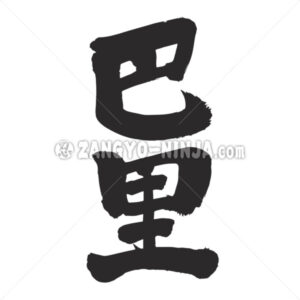
French capital. It spreads concentrically around Cite Island in the middle of the Seine River in the center of the Paris Basin. An important port on the Seine, central to the French railway network, with international airports such as Orly and Charles de Gaulle. Although industries such as machinery, automobiles, aircraft, chemicals, construction materials, … Read More
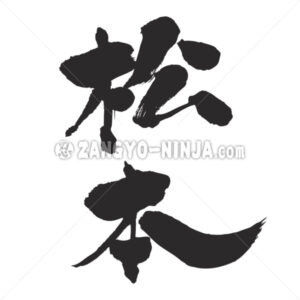
1. It is a city located in the center region of Nagano prefecture. 2. Matsumoto is the 15th most common Japanese surname. There are about 620,000 people in Japan. It is as large as the population of Portland, Oregon. The most popular existing castle is Matsumoto Castle. It is located in Matsumoto City, also … Read More
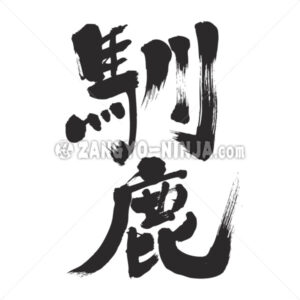
An animal of the order Artiodactyla of the order Honyu. Medium to large deer. Normally, only males are horned in deer, but one of the major characteristics of this species is that females also have horns. Habitats include Eurasia and the northern part of North America, of which North American ones are customarily called … Read More
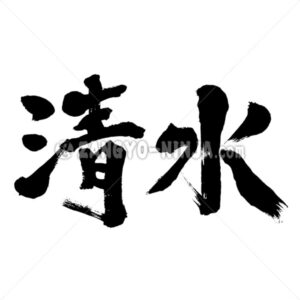
Shimizu is the 20th most common Japanese surname. Shimizu means “the place where Shimizu springs”. Inoue is an artificial water source, while Shimizu is a natural water source. Therefore, it is thought that there are many place names in the mountains and near the mountains.
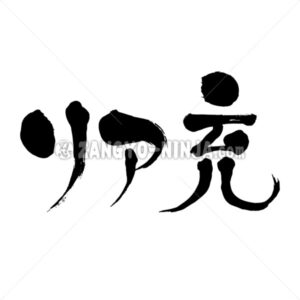
Net slang refers to people who have a fulfilling real life. The word itself was coined to be widely recognized by 2channel around 2005, and to masochistically express that the real life is not fulfilling for those who are immersed in the community on the Internet. For those who live a comfortable online life … Read More
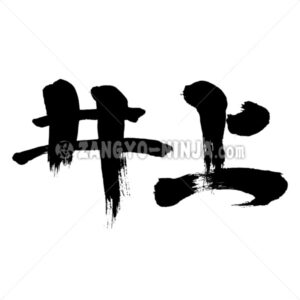
Inoue is the 16th most common Japanese surname. The etymology is on the well. Around the well. Since the well was an important base of life in ancient times, it is said that it became widespread as a person who manages it.
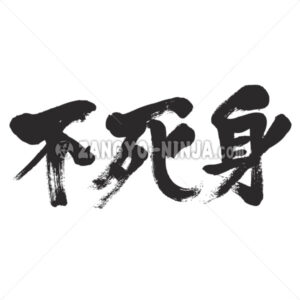
A body that can withstand any wounds, blows, illnesses, or pains. Japanese calls Fu-Ji-Mi the property of being invulnerable. the quality or state of being immortal.


